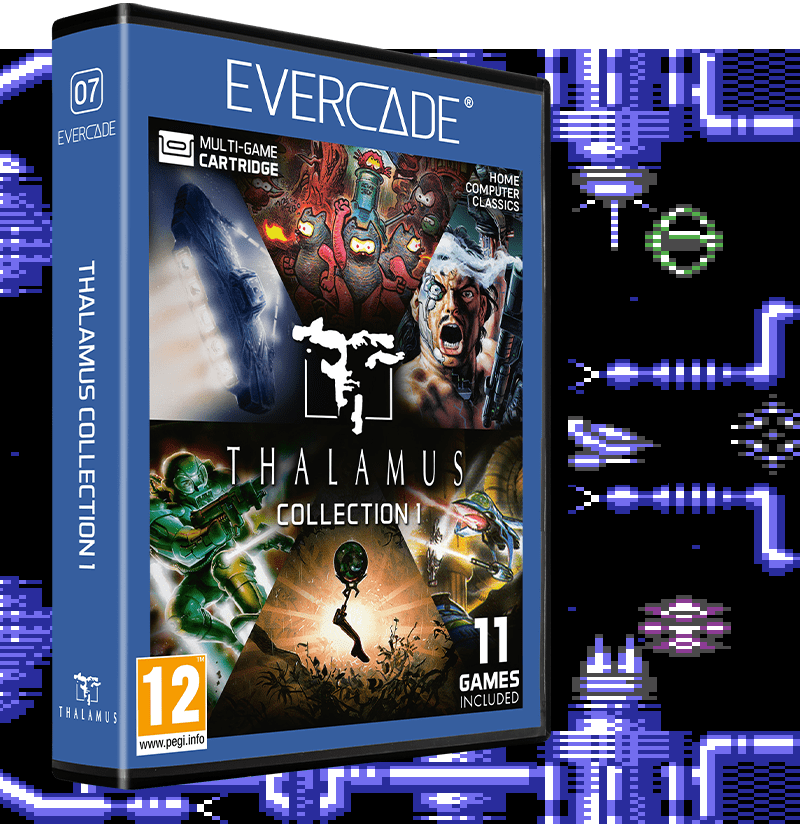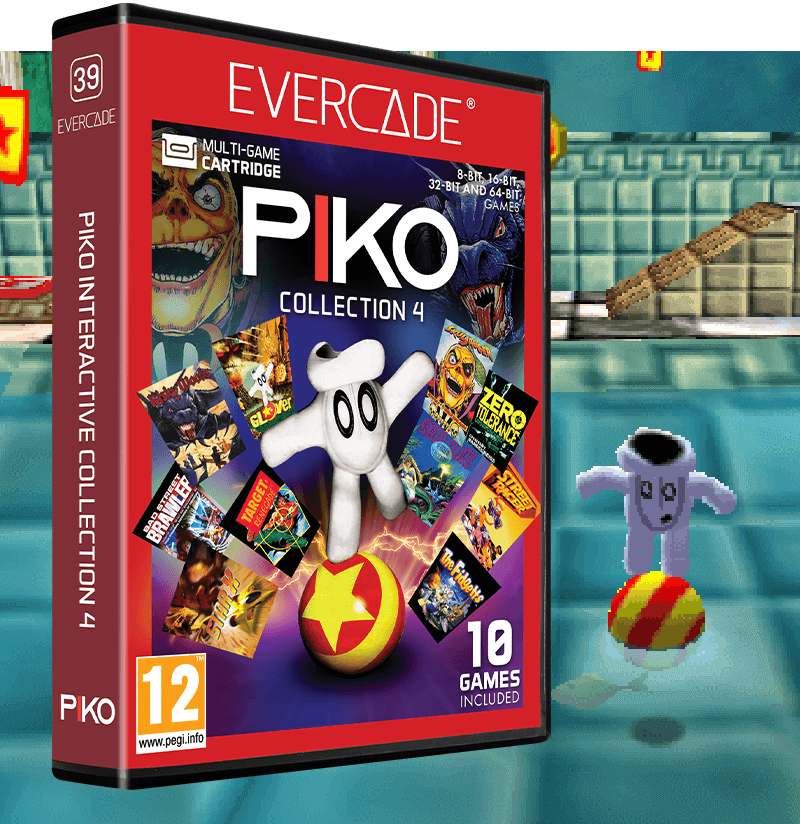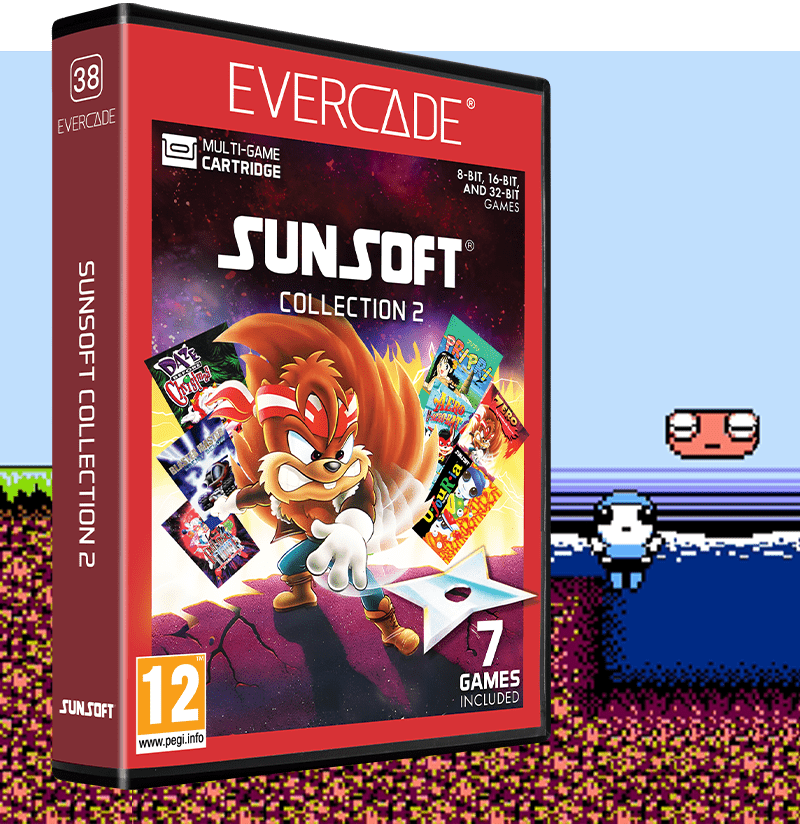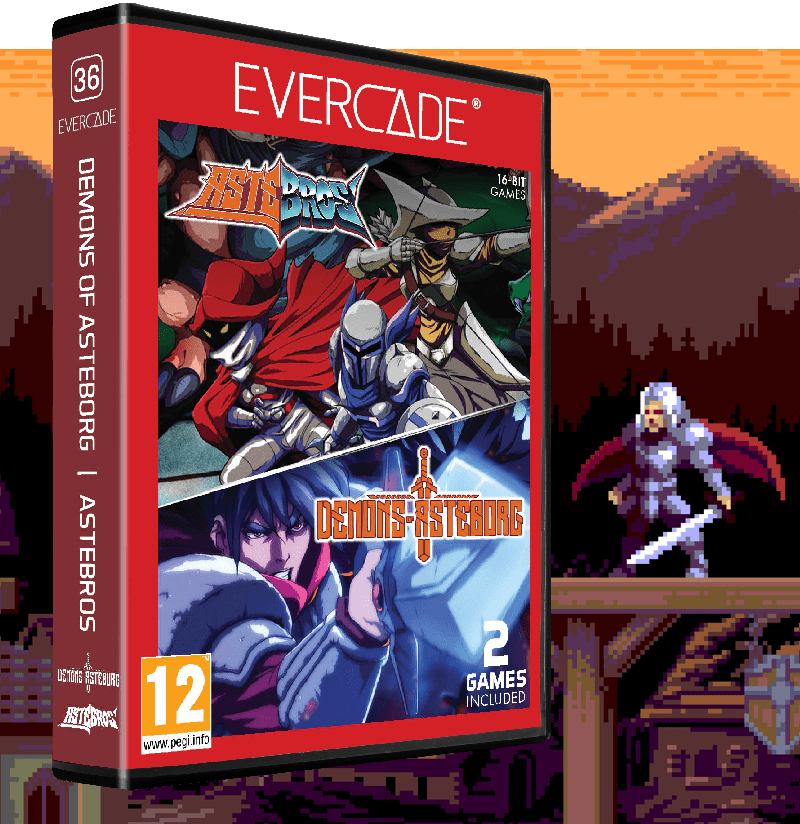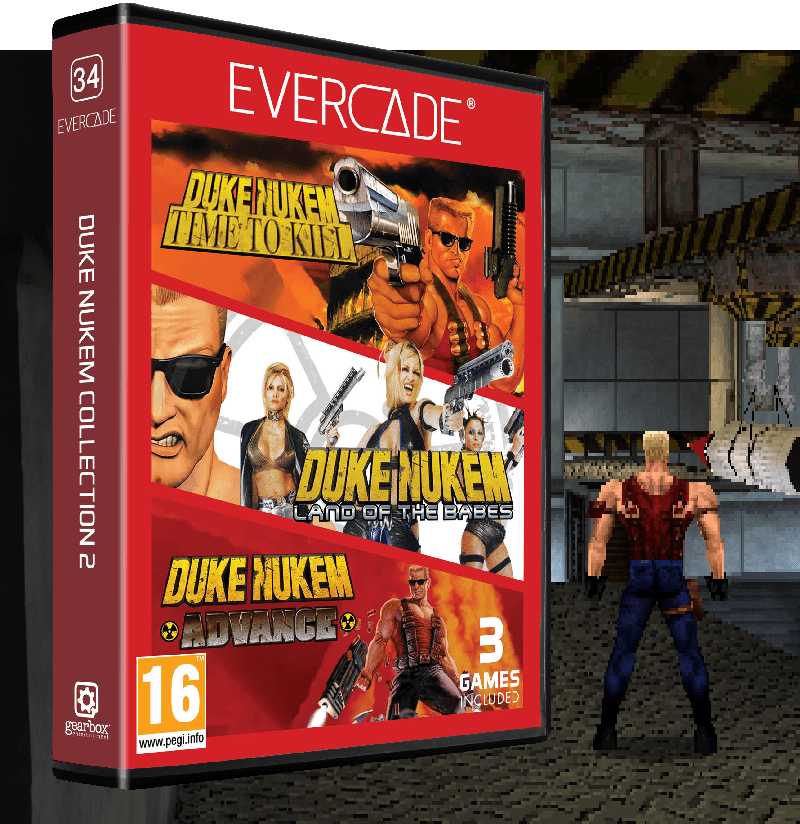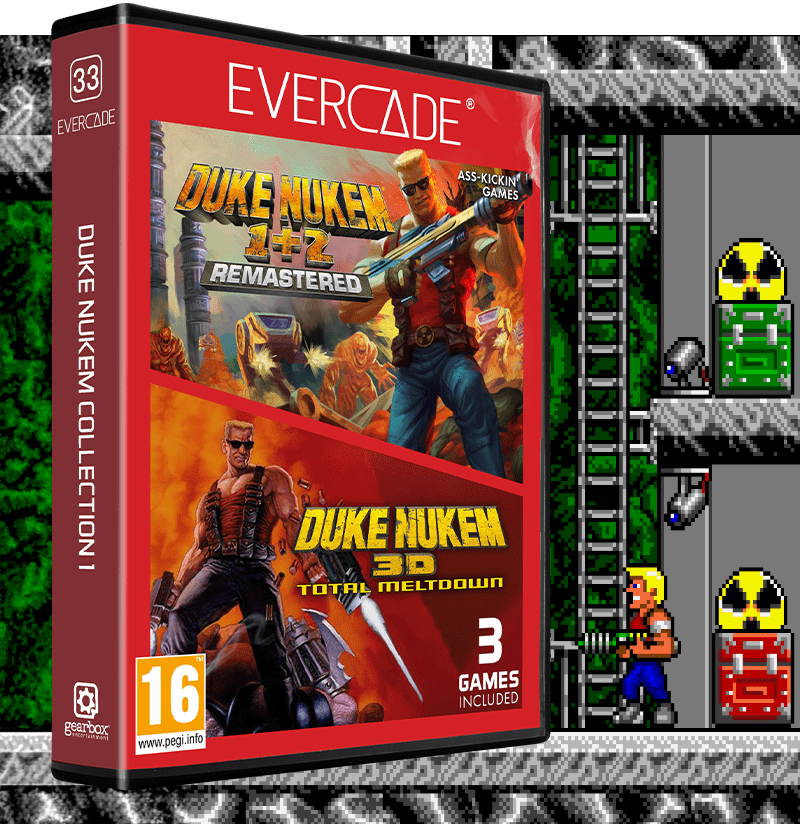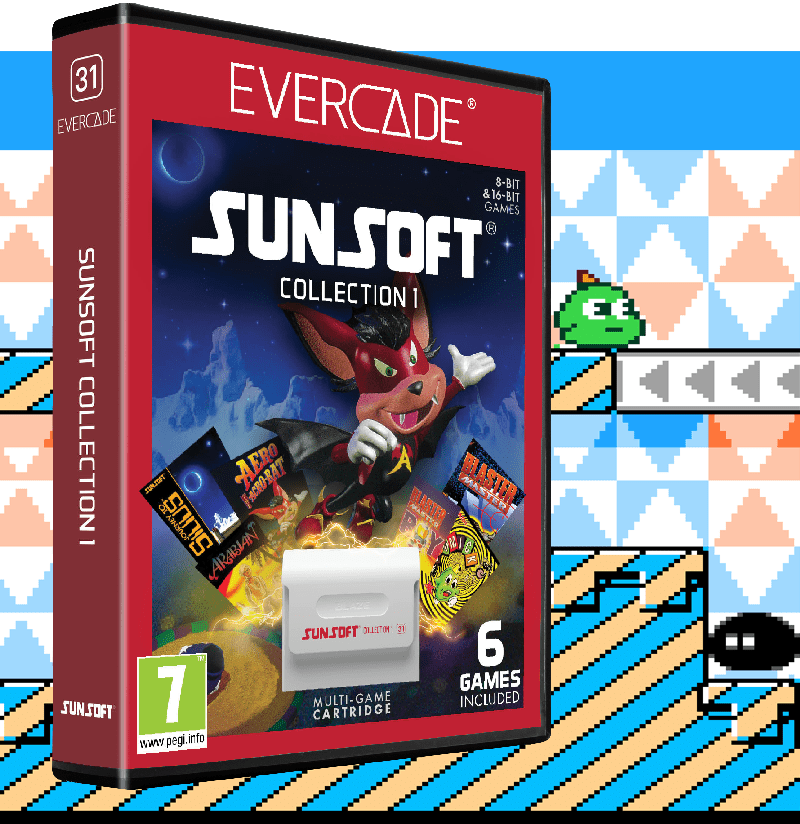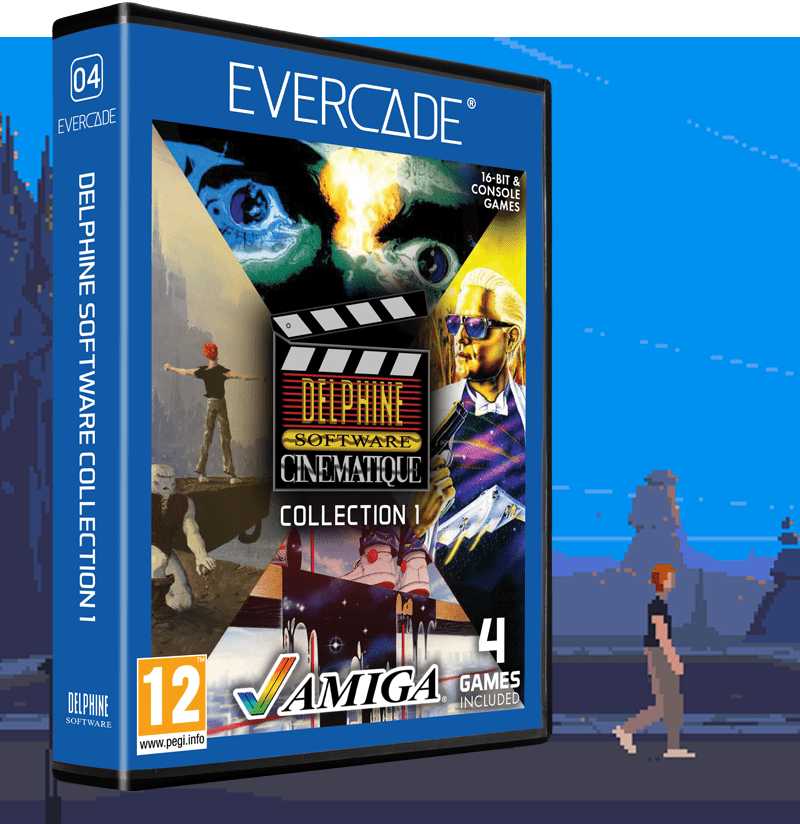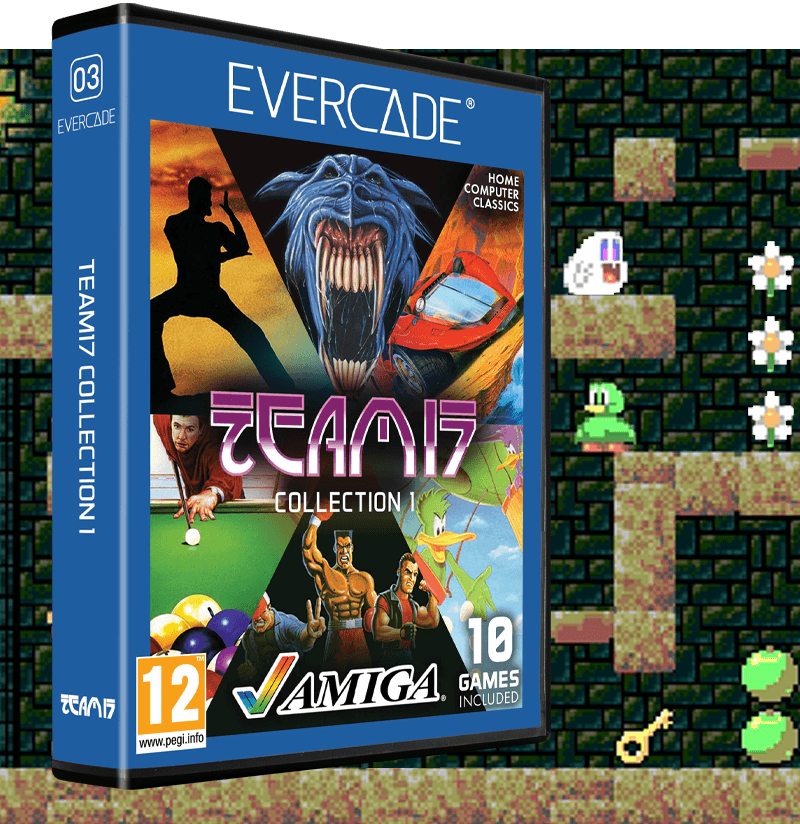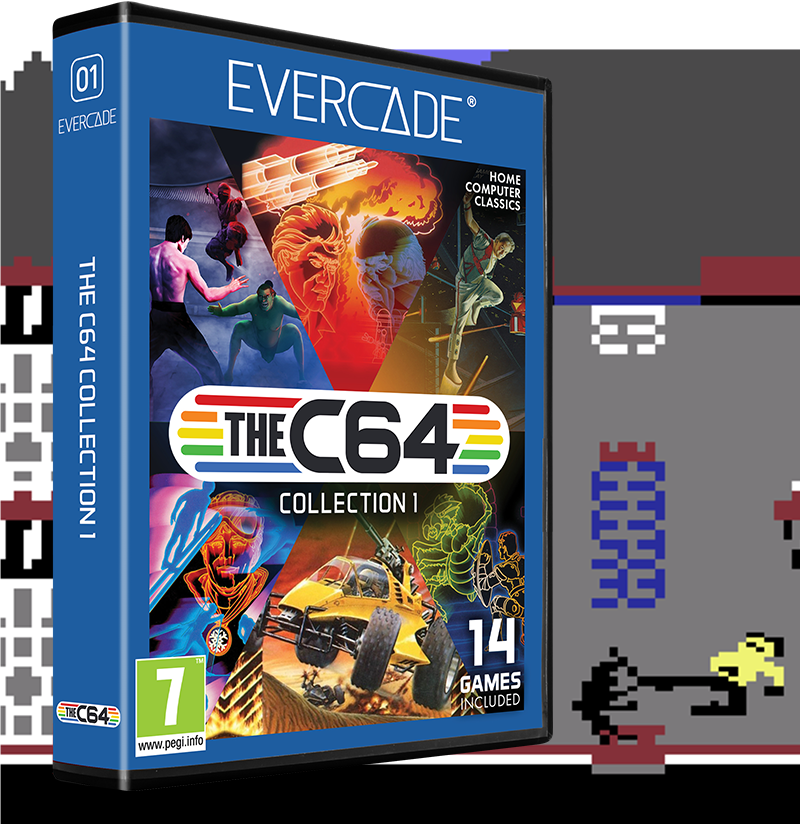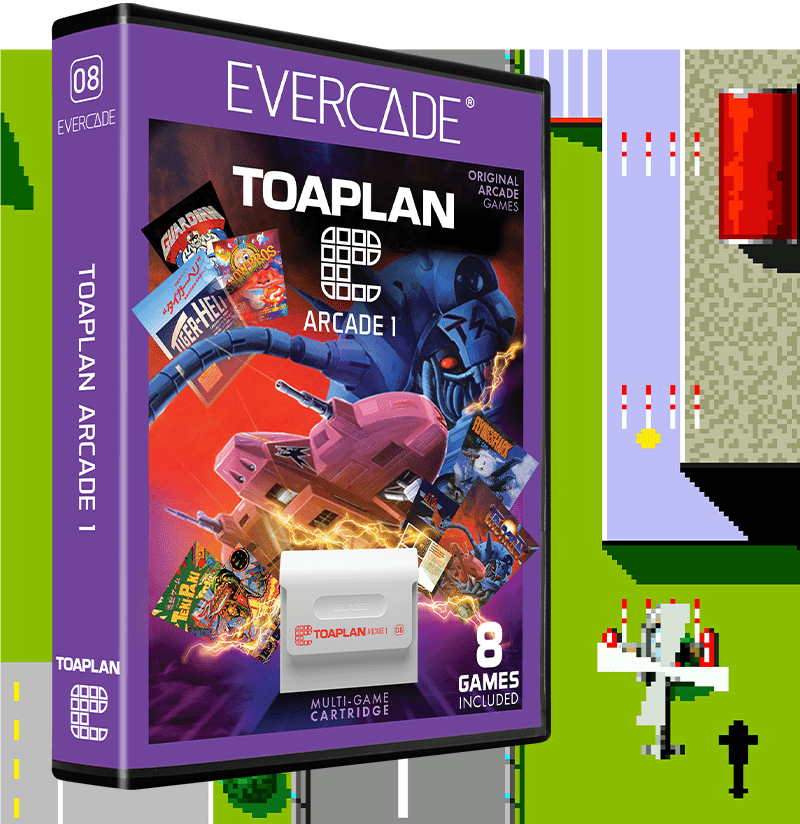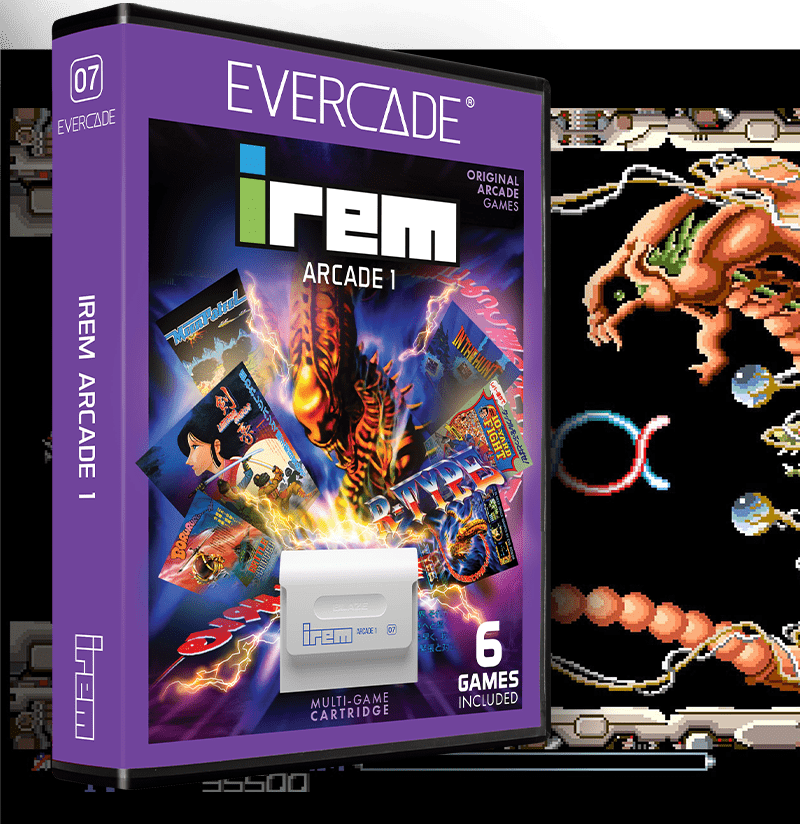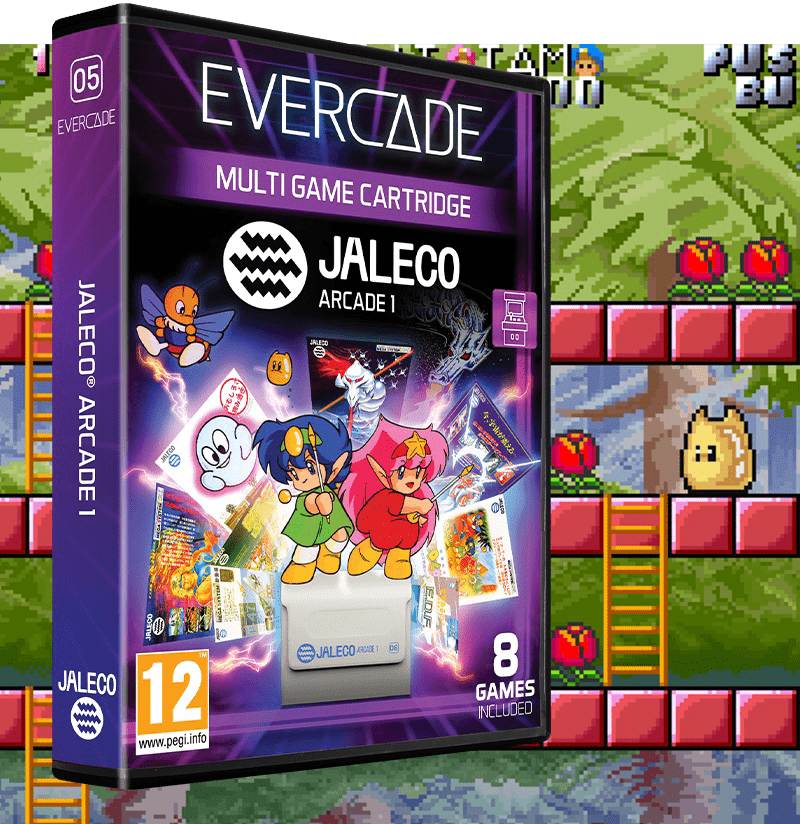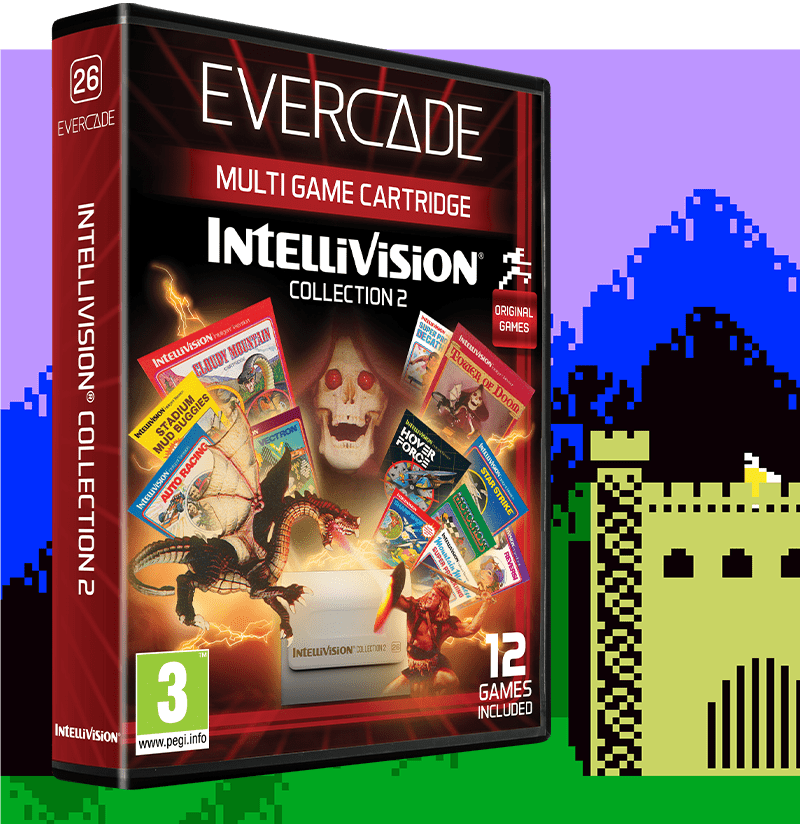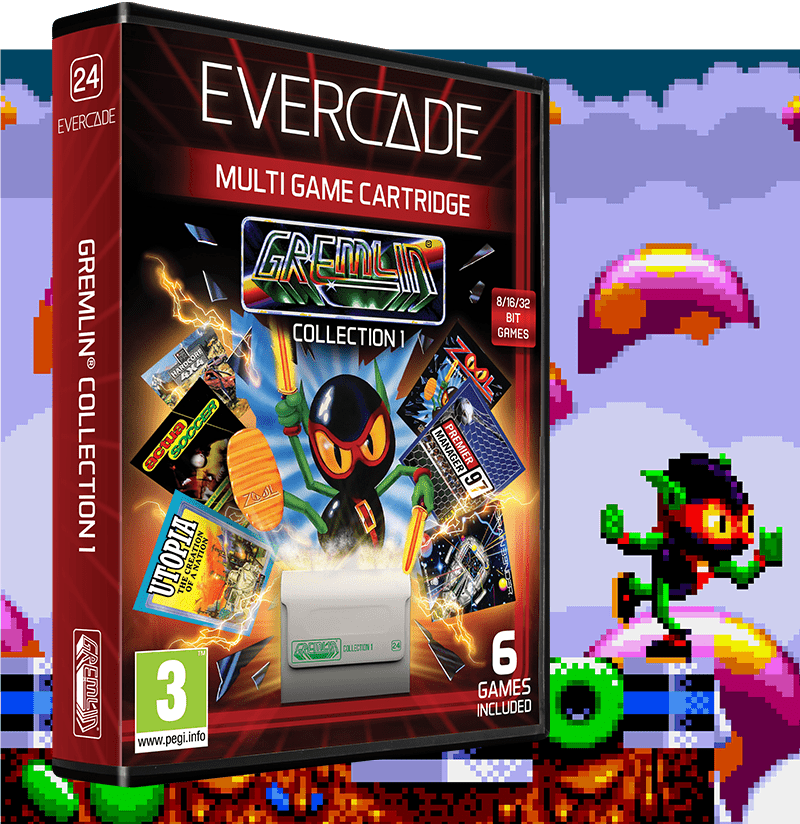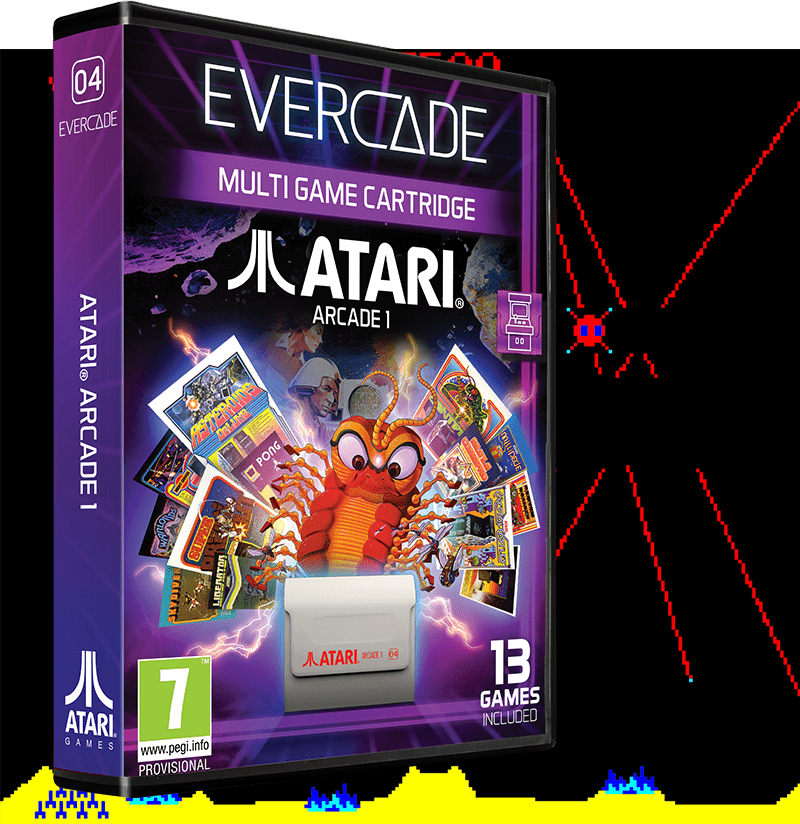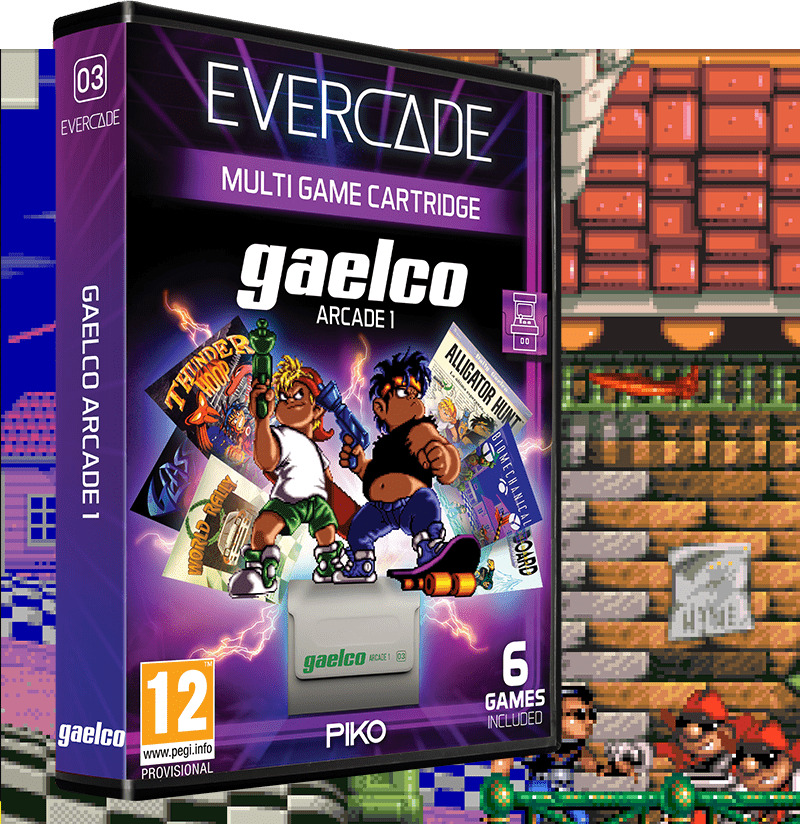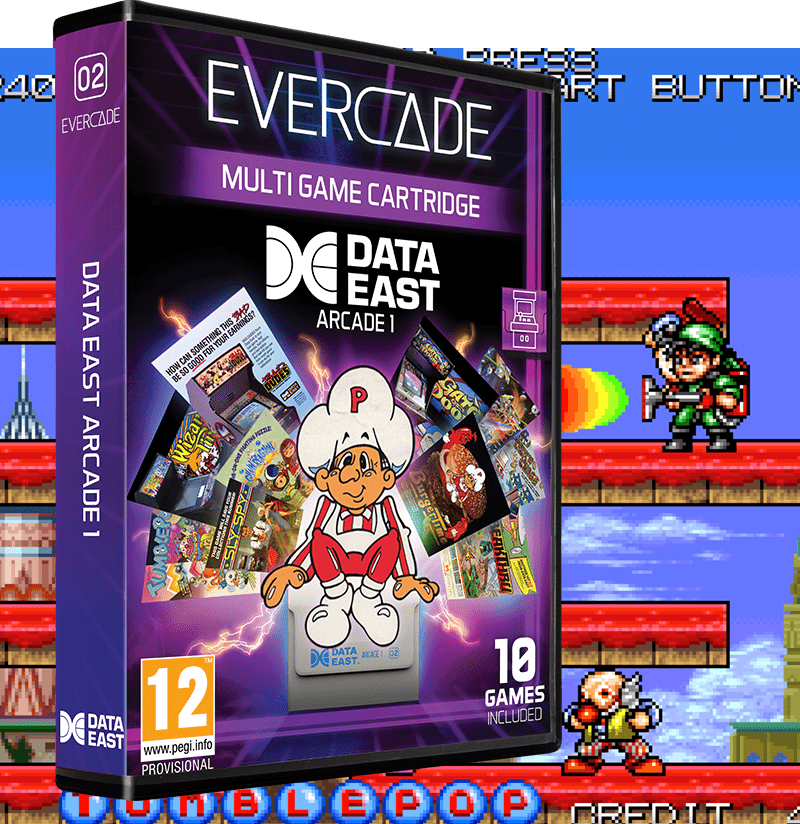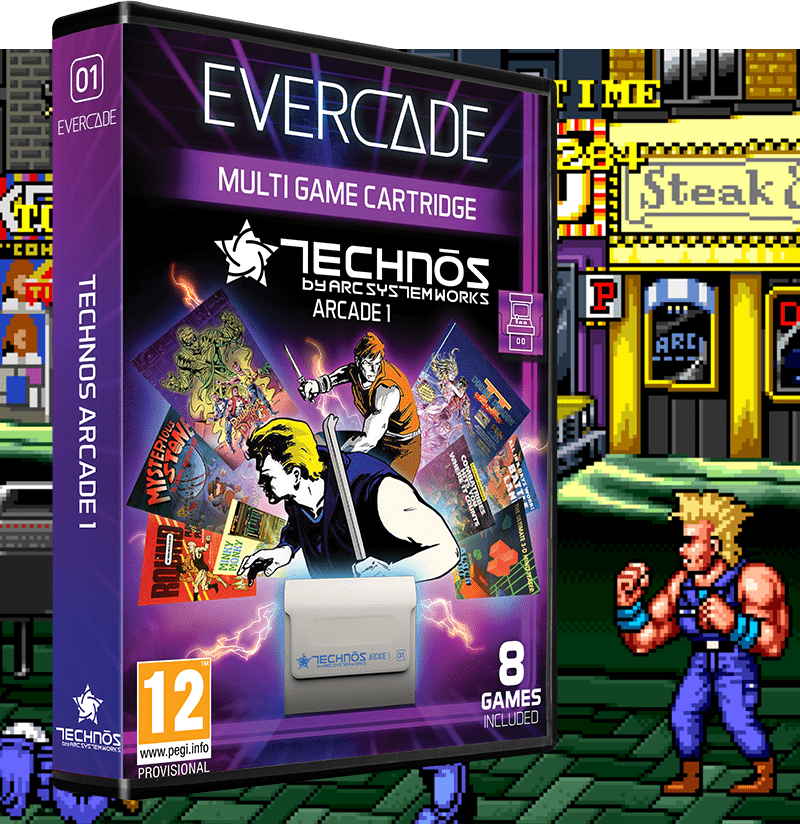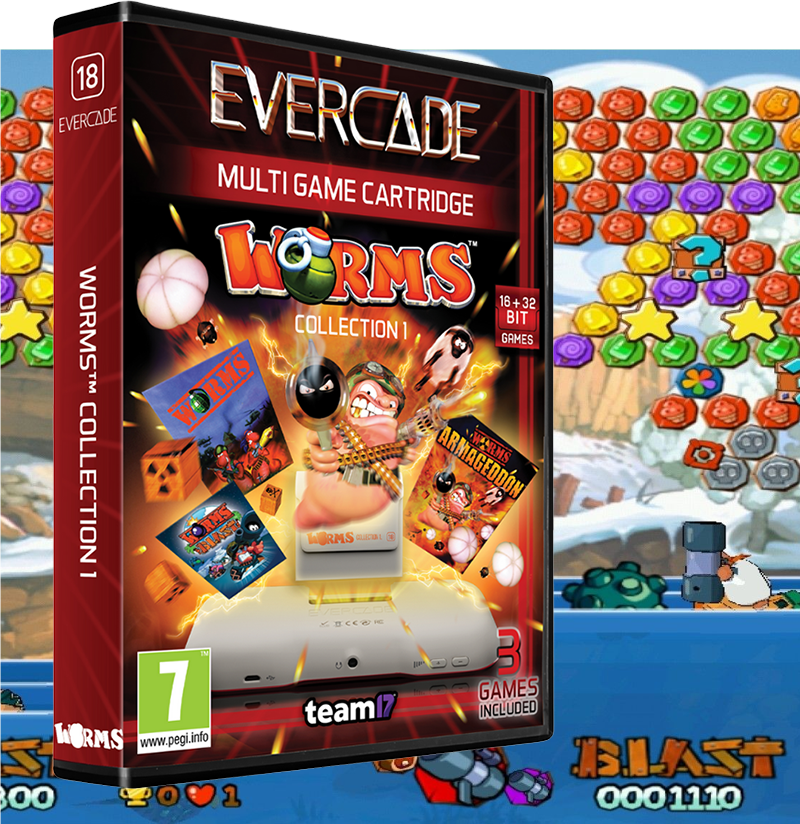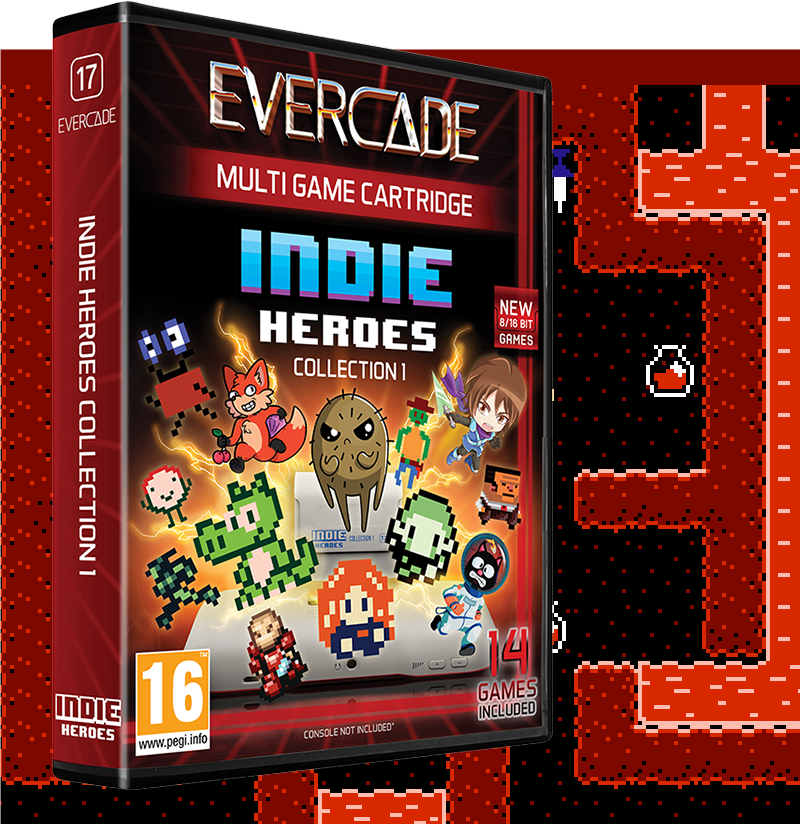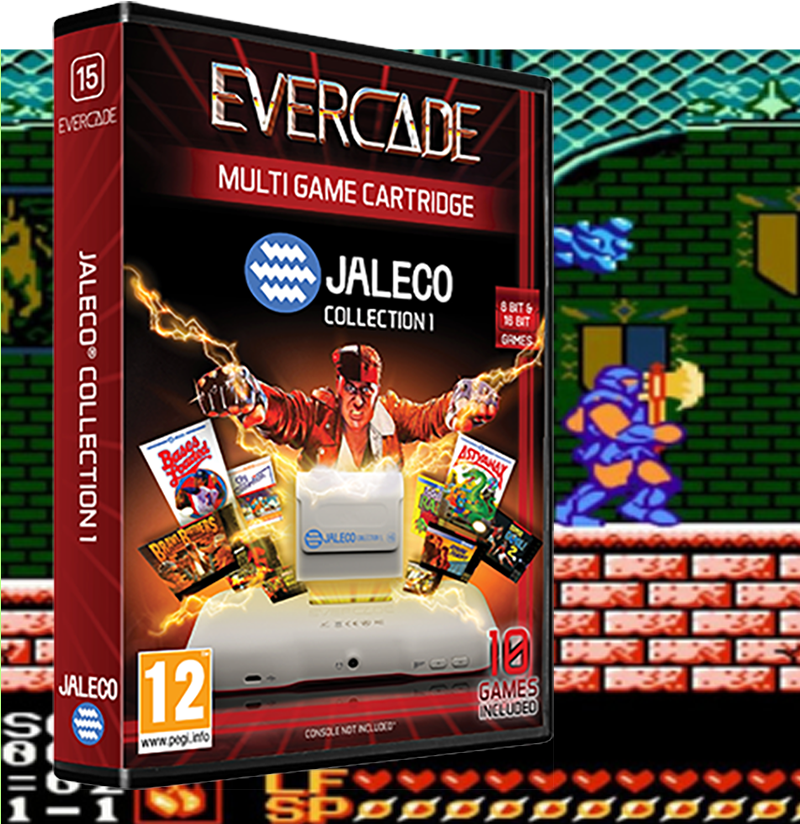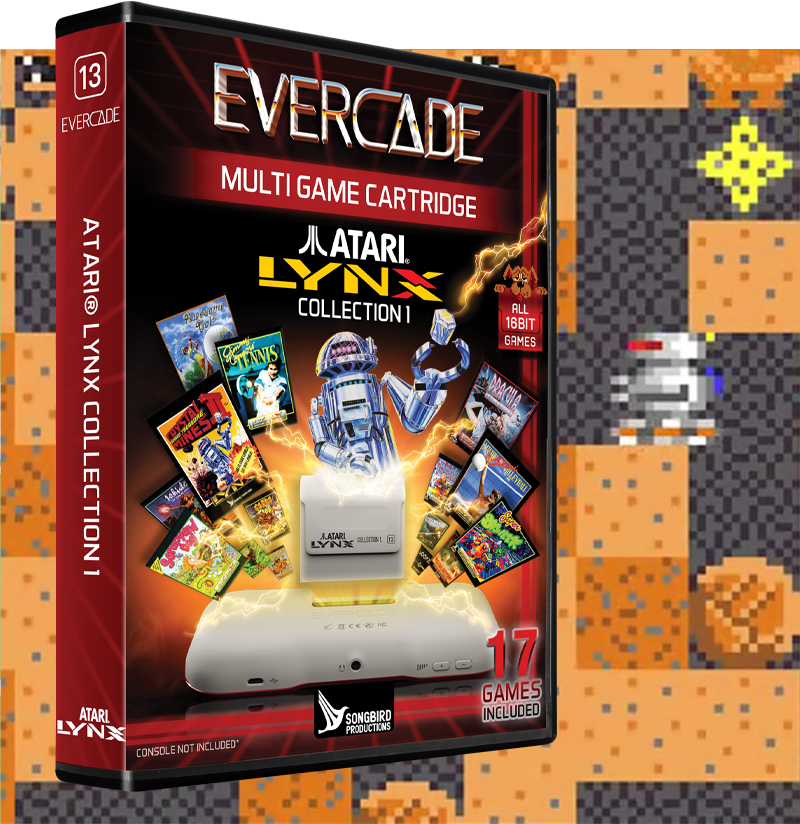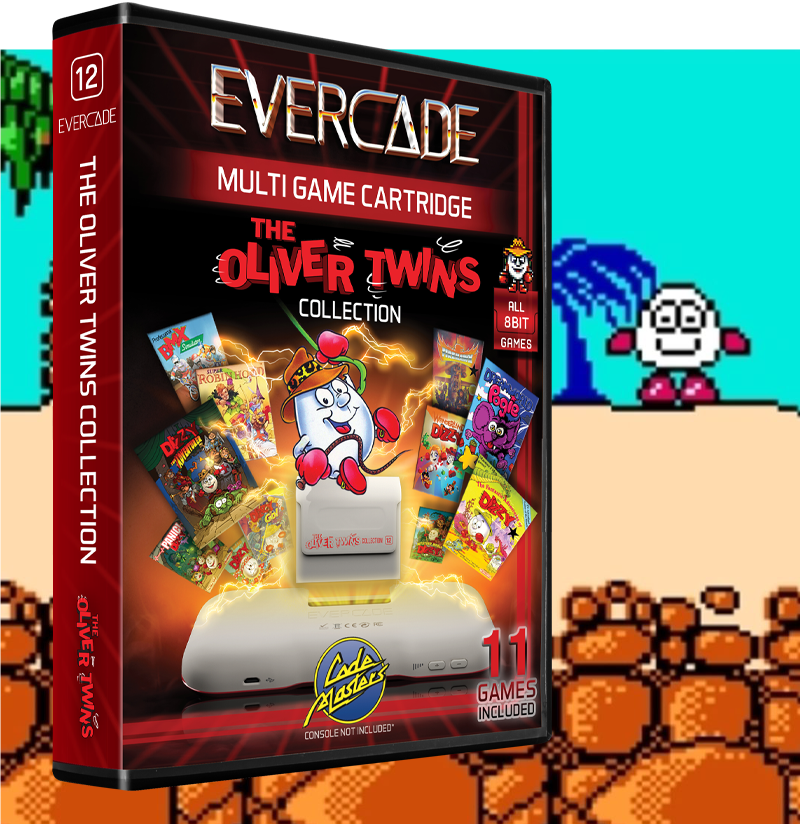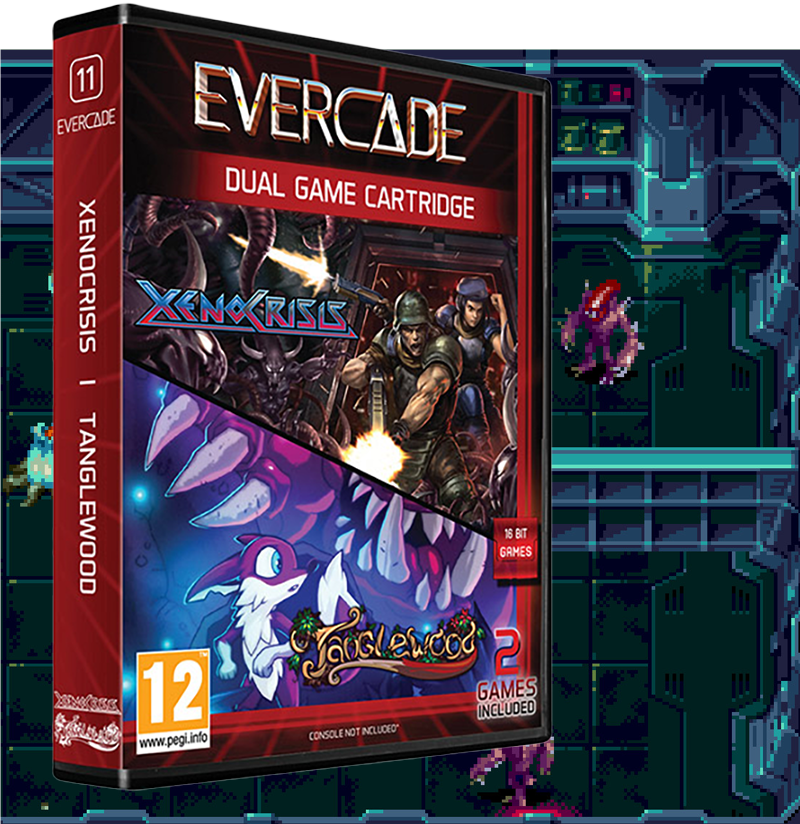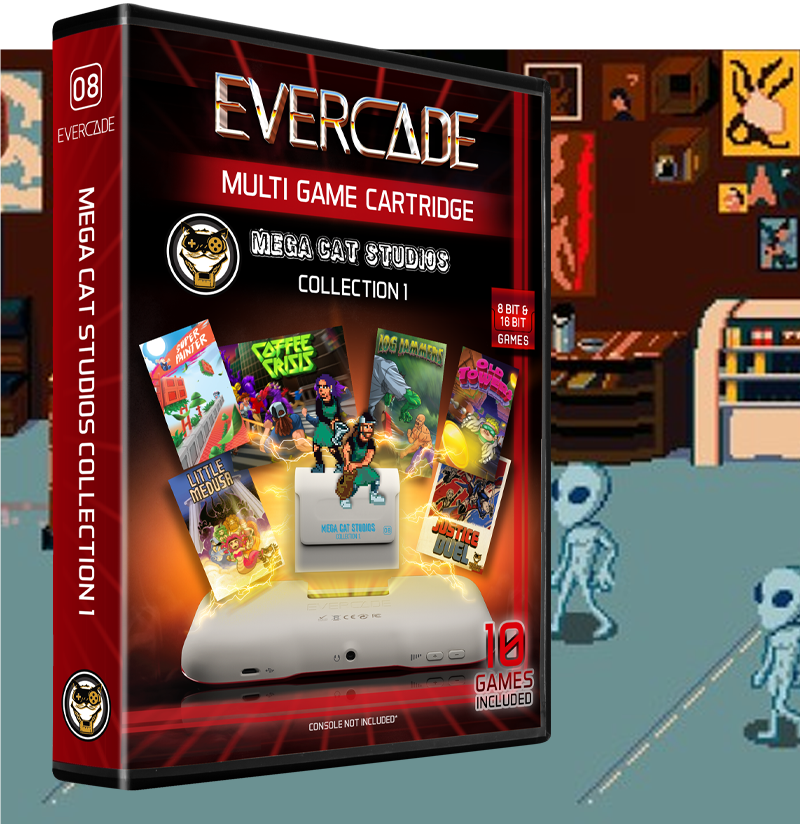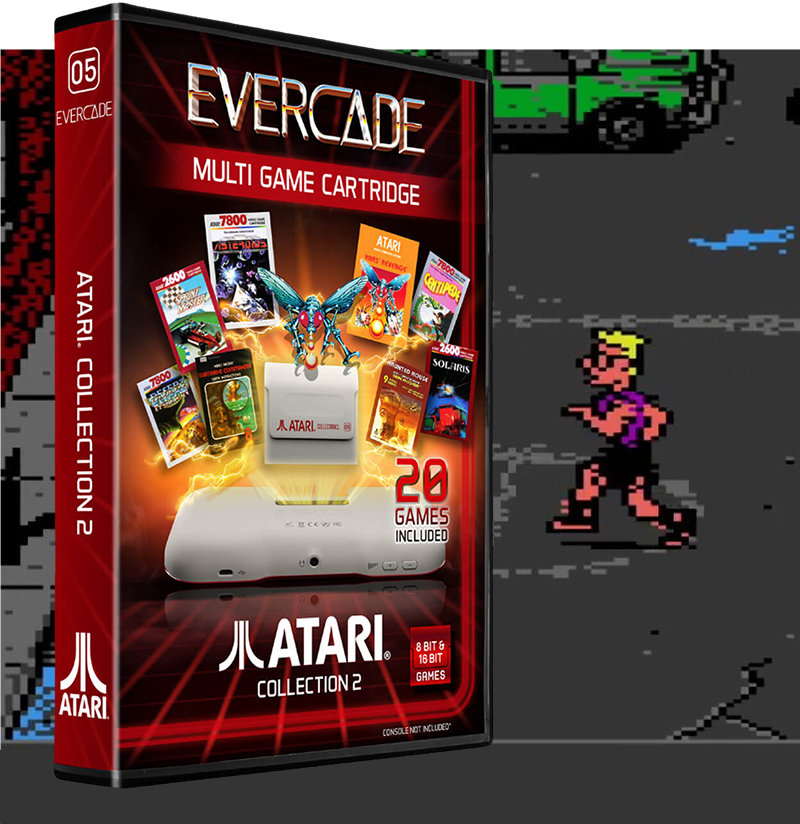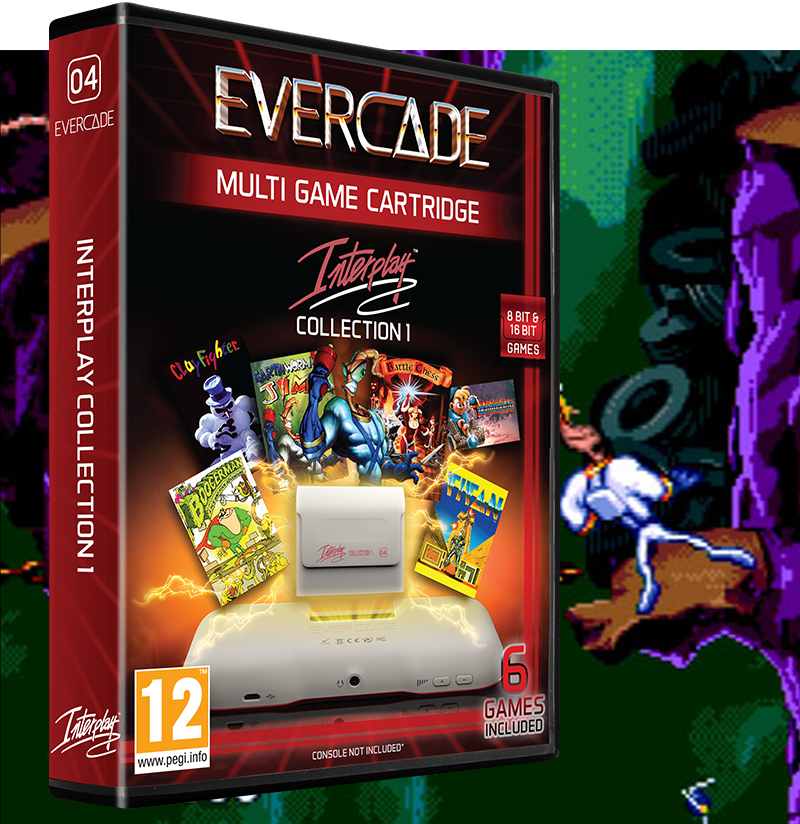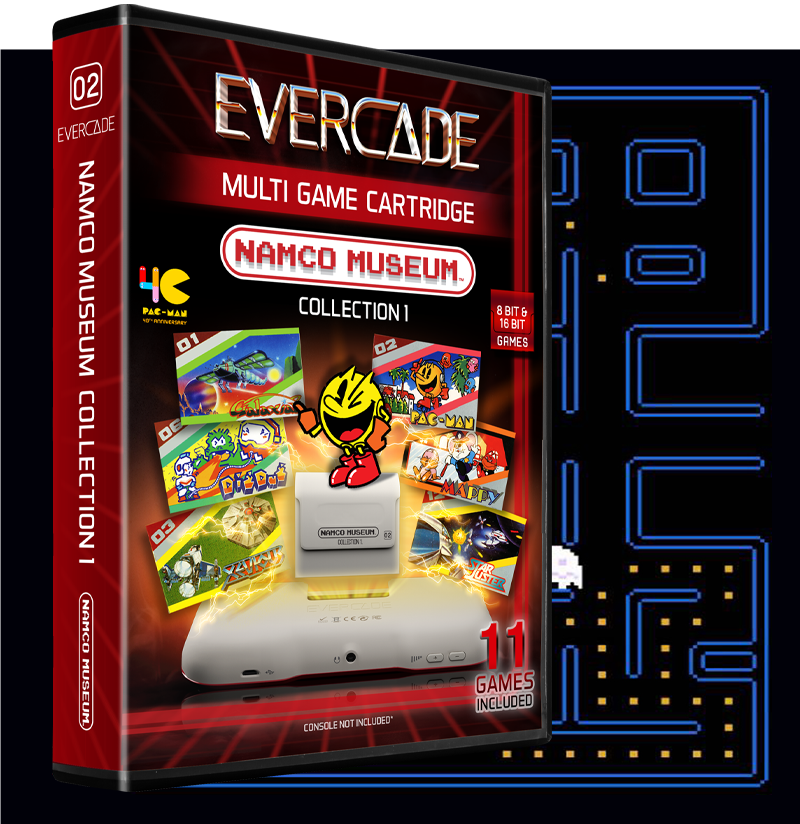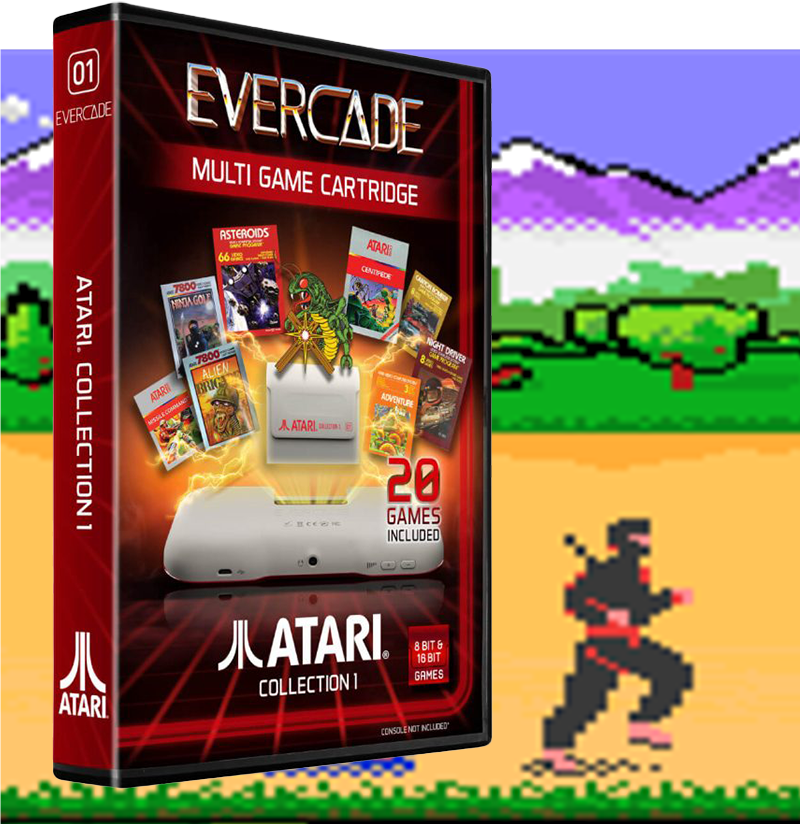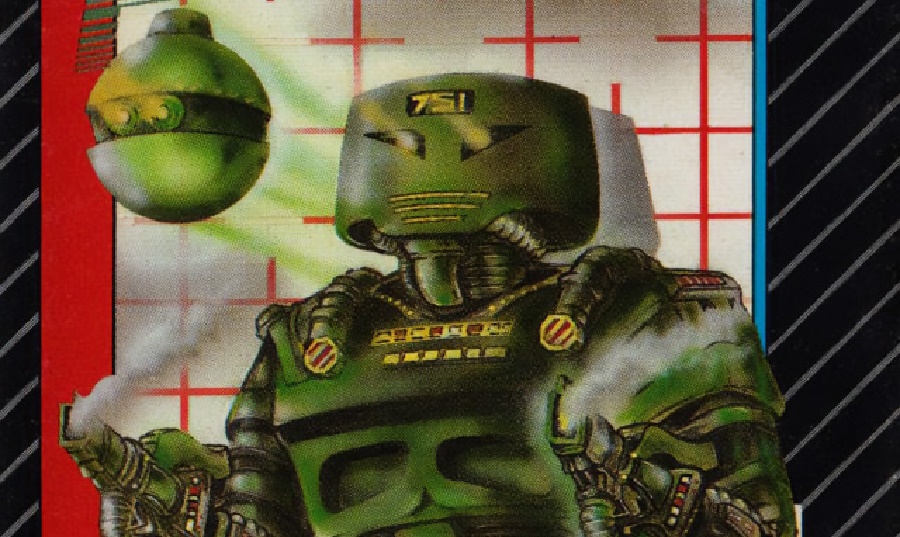
5
Mar
Evercade Game Spotlight: Heavy Metal Paradroid (TheC64 Collection 3)
With the recent release of TheC64 Collection 3 for Evercade, one of the most beloved C64 games of all time arrives on the platform: Andrew Braybrook’s legendary Heavy Metal Paradroid. For those who didn’t grow up with a C64, this game probably warrants a bit of explanation, though, so by the end of today you should have a better understanding of why this game is so well regarded — and how to play it!
Heavy Metal Paradroid is actually the third version of Paradroid that was released on C64. The first, simply named Paradroid, was released in 1985. This was followed up by Paradroid Competition Edition in 1986, which increased the speed of the game thanks to improvements and optimisations in the game’s scrolling code. Finally, Heavy Metal Paradroid arrived in 1987, bringing with it revamped graphics based on the “embossed” look seen in Braybrook’s shoot ’em up from the same year, Morpheus. All three versions play broadly similarly; the main difference is the speed and visual presentation.
Heavy Metal Paradroid drew influences from a few different places. Notably, the core mechanic of switching between droids was partly inspired by Taito’s arcade game Front Line, in which the player takes on the role of an infantry soldier, but is able to commandeer tanks at various points in their mission. Braybrook also cited the classic sci-fi movie Aliens and the cover of Black Sabbath’s album Technical Ecstasy, which abstractly depicts two droids interfacing with one another, as key inspirations.


Braybrook kept a development diary for the game in the UK-based C64 magazine Zzap!64. This was part of an ongoing feature the magazine ran which aimed to give players a “behind the scenes” look at how a computer game was developed. The diary was published between issues 3 and 6 of the magazine, and has been archived online for those curious to read Braybrook’s thoughts.
The original version of Paradroid was Braybrook’s next project after Gribbly’s Day Out (which you can play on Evercade if you happen to know the secret code!) — and he wanted it to be a significant contrast. “Gribbly’s was all cute, so this one is going to be high-tech,” he noted. “Gribbly’s I wanted to be a non-violent game. All of the zapping and violence that I couldn’t get into Gribbly’s will be going into this one.”
And yet Paradroid is far more than just a simple shoot ’em up — which is why it is so well-regarded. Your aim in the game is to infiltrate a fleet of spaceships, each with 20 decks to explore, and destroy the army of robots on board each. In order to achieve this, you are given control of a low-powered droid known as an “Influence Device” and told to get on with it.
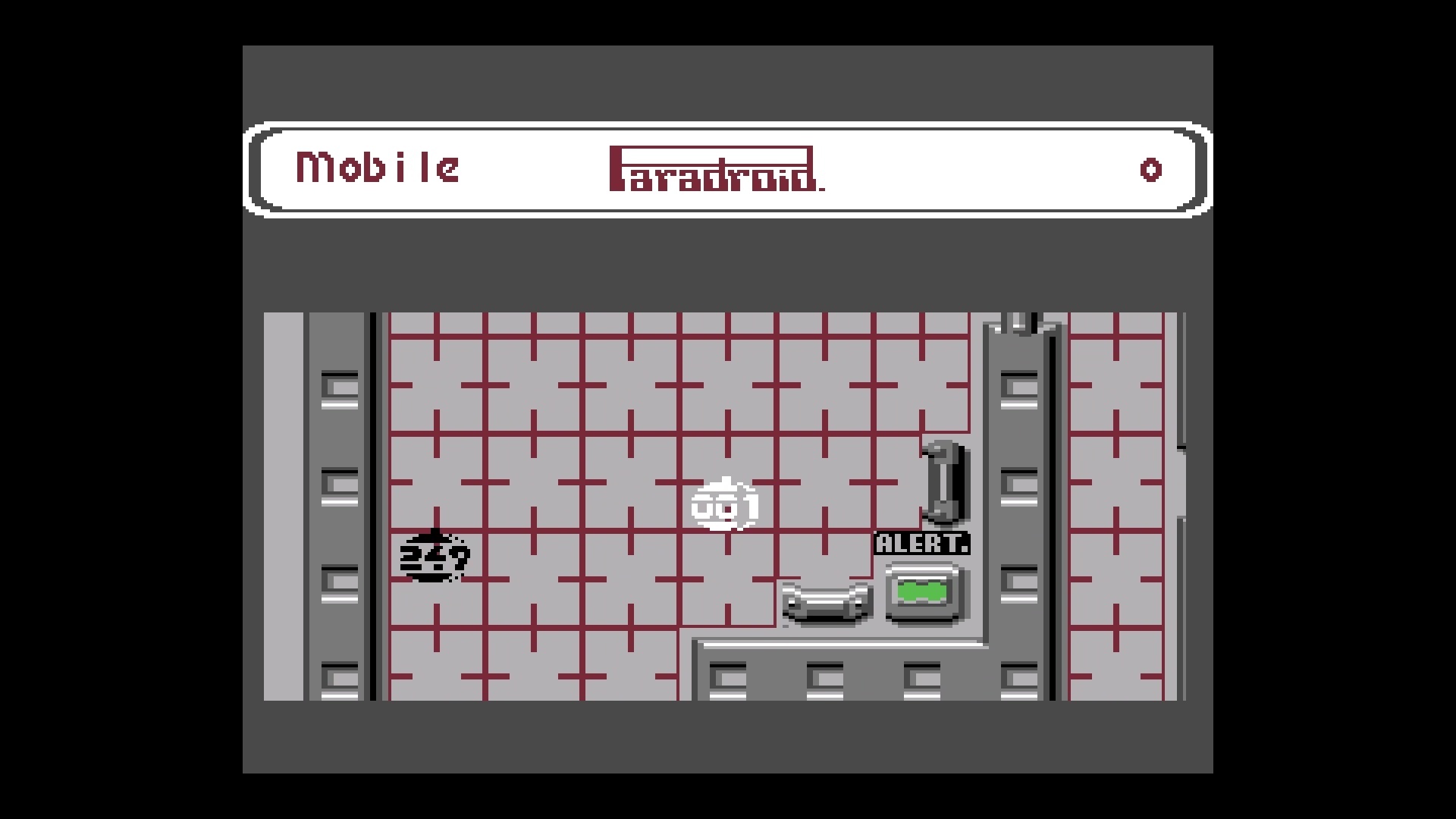

Each droid in Heavy Metal Paradroid is assigned a three-digit number that represents its relative power level. Your initial Influence Device is number 001, meaning it’s not very powerful, though it is able to destroy a few low-powered droids with its basic weaponry. In the early game, you can simply blast away droids until you’ve cleared the floor; the colour palette will change to indicate you’ve successfully secured the deck you’re on. In order to really get anywhere in Heavy Metal Paradroid, though, you’ll need to hack into other robots and take them over.
To achieve this, hold down the B button until the word “Transfer” appears in the status panel at the top of the screen, then crash into the droid you would like to take over. You must then play the hacking minigame, which involves competing for control of a circuit diagram using logic gates.
In each hacking minigame, you’re provided with a limited number of power sources (represented as small triangles) that you can apply to any of the wires on your side of the screen. Your aim is to supply power to the cells in the middle of the screen, which turns them to your colour; by the end of the minigame, you must control more cells than your opponent to win the encounter and take control of the droid. The square light at the top of the stack of cells indicates who has overall control; if it’s black, it’s a “deadlock” situation, meaning you’ll have to play another round if no-one successfully takes the advantage.
The hacking minigame isn’t just about logic; it’s also about timing. Pay close attention to the cells in the middle and you will notice that they can often be powered by multiple wires from both sides of the screen. In these instances, the last source of power determines who controls the cell — so if your opponent has claimed one cell but you have access to a wire that will let you take it back for yourself, that’s a good strategy for success. Conversely, if you rush to claim a cell and your opponent also has access to it, they can take it from you! Don’t dally too long, though, as each hacking game is on a time limit.
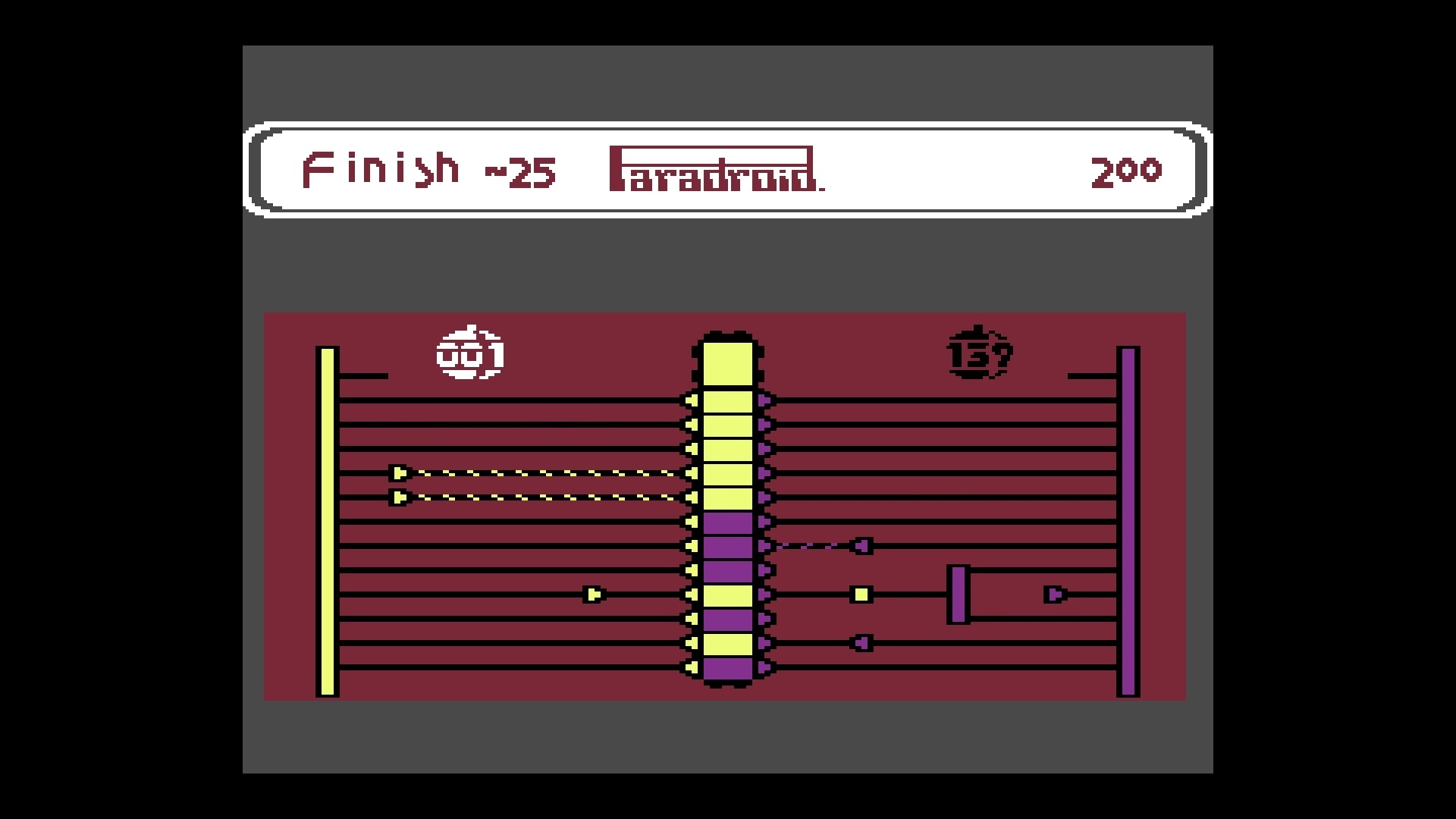

The robots’ numerical power level doesn’t just determine their effectiveness in combat and endurance, it also helps them out in the hacking minigame. The higher their number, the more power sources they have. Since the Influence Device is the least powerful droid in the game, your early encounters with other droids will see you at a significant disadvantage, meaning you’ll have to play strategically rather than relying on overpowering your opponent. Practice makes perfect! Familiarise yourself with wire layouts that will allow you to make up for your lack of strength, and time your moves carefully to counter your opponent.
If you do succeed in taking over another droid, you only have control of it for a certain amount of time, which is determined by the droid’s power level. The more powerful the droid, the less time you have to take advantage of it, so be sure to go on a destructive rampage if you find yourself at the wheel of a particularly strong robot. If a robot you took over is destroyed, you’ll return to the Influence Device. But if the Influence Device is destroyed, which can occur by other droids ramming into it, shooting it or overpowering you in the hacking minigame, your game is over!
If you want to know more about a particular droid’s capabilities beyond what you can figure out by just moving around and attempting to attack other droids, seek out a console on the floor that you’re on, move up to it and press B. From a console, you can not only review your current droid’s information but also take a look at the map of your current floor and check the deck layout of the ship you’re currently on. Note that some decks of the ship have multiple discrete areas and thus will require you to use different elevators to reach all their extremities. Although presented from a top-down perspective, the ship is three-dimensional; make good use of the maps and diagrams to familiarise yourself with how different decks relate to one another.
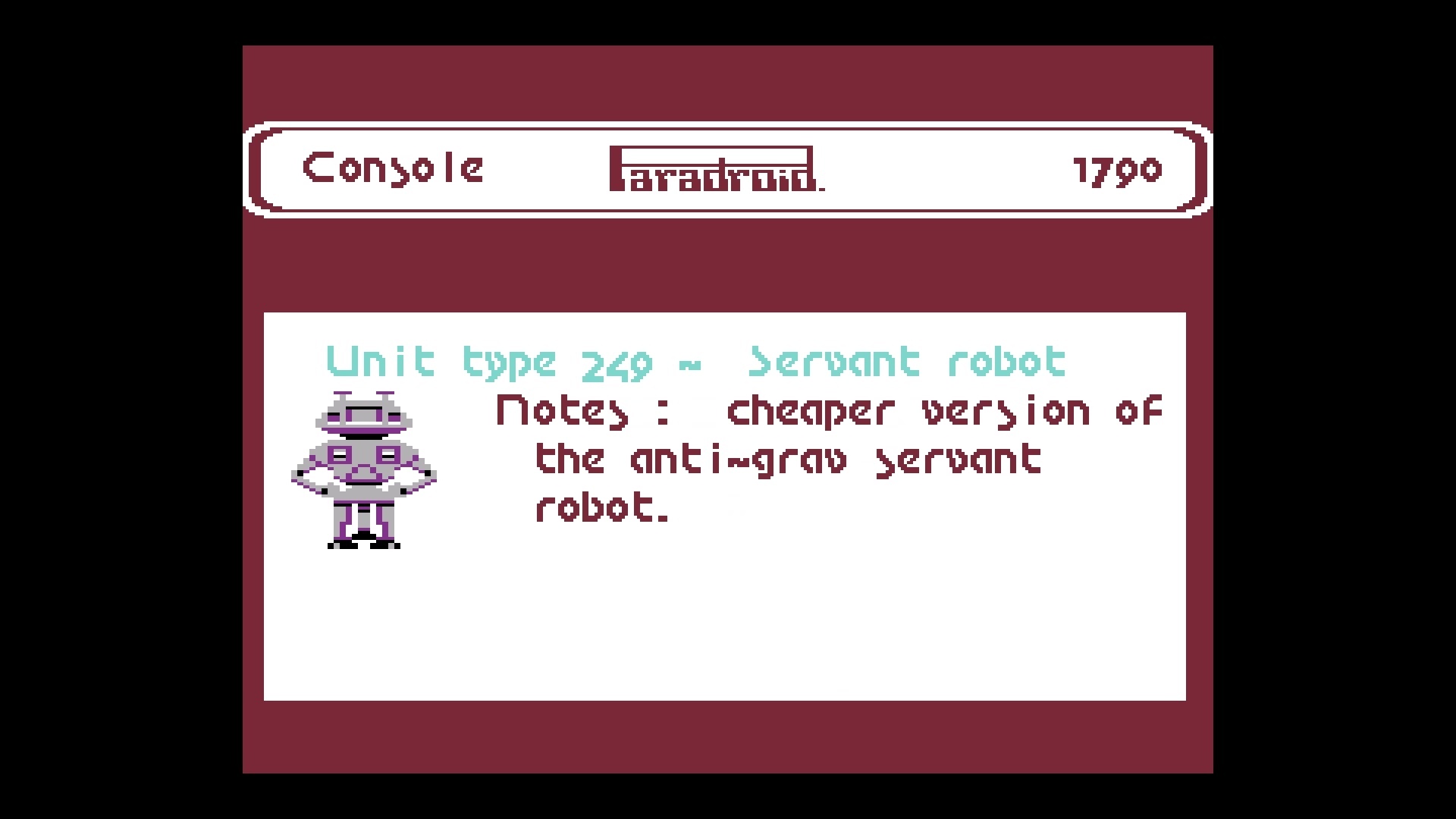

Now you should be ready to take on the challenges of Heavy Metal Paradroid! Use your brain as well as your itchy trigger finger and you’ll be clearing out decks in no time. Best of luck!
Heavy Metal Paradroid is available as part of TheC64 Collection 3 for Evercade. Find out more on the official cartridge page.
